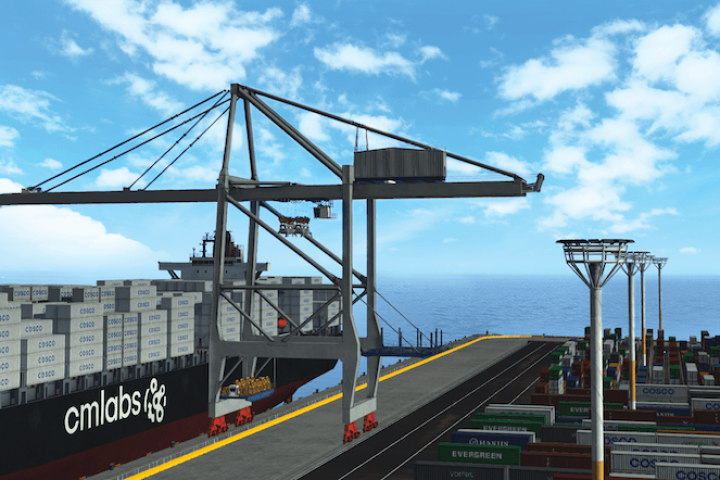
Training simulators ‘more relevant now than ever’ in post-pandemic bounce-back
Training simulators will be more relevant than ever as ports seek to upskill workers and help the UK economy bounce back from the COVID-19 pandemic.
Port congestion, full deployment of tonnage on key routes, and delays to supply chains means port terminal operators will need to “increase that skill and headcount” of terminal operatives to meet demands of immediate peaks through the marketplace according to speakers at an online webinar hosted by Antycip on 11 February.
Training simulators, utilised at Forth Ports in the UK, can allow training coordinators to safely expose individuals to skills which they otherwise may not have the opportunity to gain until even 18 months into the role.
“You can use a simulator to test and to teach individuals that learn as you go through,” explained Stuart Wallace, COO at Forth Ports. “Post-COVID, we are now very much in a different place. When you invest in port infrastructure – RTGs, straddle carriers, quaysides, STS gantry cranes – these are all long-term investments that shareholders are looking to get a return out of.
“But the short-term investment we need to make is on the training and skillset and development of people to get the most out of those long-term investments as quickly as you can.”
PTI’s Smart Digital Ports of the Future will be discussing training, automation, and harnessing emerging technologies in international ports. Click here to sign up!
Wallace noted that this rapid increase in training is needed as the global transformation in ports demands quicker and more efficient container turnaround: shipping companies demand the turnaround of 24,000 TEU vessels at the rate of between 20-30 containers an hour, placing significant pressure on terminal operatives to work efficiently and effectively.
“We’re able to throw situations at people: fog, rain, snow, collisions, breakdowns of machines, and all of these things we can put in front of the trainees that you wouldn’t want to do in an actual live situation,” continued Wallace.
“The key to this is faster training: the trainees get more time in the seat, they can be there 24/7 irrespective of what shift they’re on.
“We are shaving weeks off of our training programme in getting people to be much more effective.”
Changing workforce, changing demands?
“The people we’re bringing in now are part of the new generation,” added Wallace.
“Therefore, we have to change the way we develop people, and recognise that changing face of the working population.” Wallace said training on theory and fundamentals “can never take away from the fact” that an operative will be to climb a ladder to get into an STS gantry crane, for example. “That for some people is very daunting, and only becomes a reality after significant time and investment in training.
“What the simulator allows you to do is to get a real feel for the individual, how their hand-eye coordination works, how their appreciation of unique circumstances or unusual situation relationship works.”
Simon Harper, Learning and Development Manager at the Port of Tilbury London Ltd, part of the Forth Ports group, added that adopting simulation training as opposed to in-operation machinery is a cultural change responding to the next generation of workers.
“Our younger people have different expectations than those of the current majority workforce,” Harper noted.
Harper echoed Wallace’s argument that simulations utilising automation can be critical to upskill workers in a post-COVID economy.
“The important thing for us was to bring it down to a level where our operatives and terminal operators had a chance to explore it for themselves. That was a huge win for us.”
https://www.porttechnology.org/news/training-simulators-more-relevant-now-than-ever-in-post-pandemic-bounce-back/

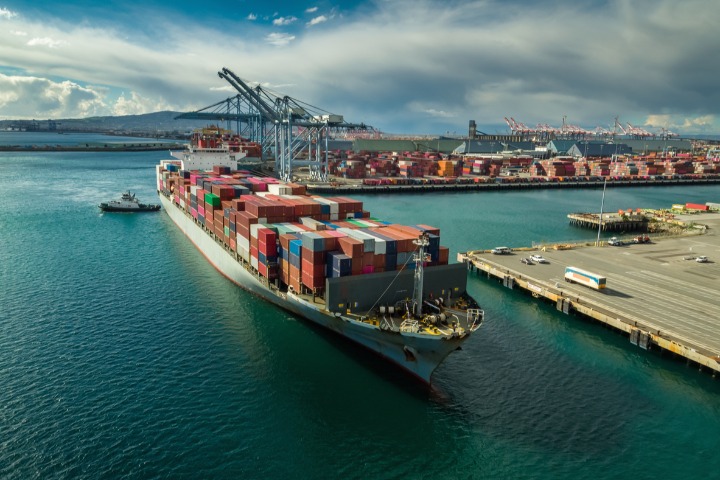

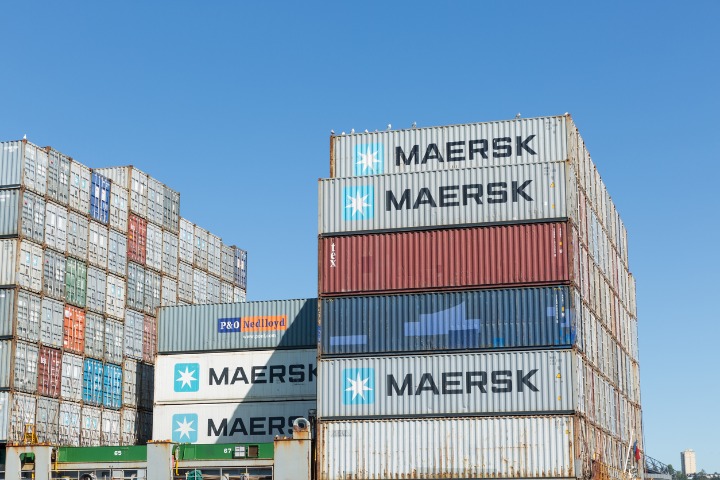
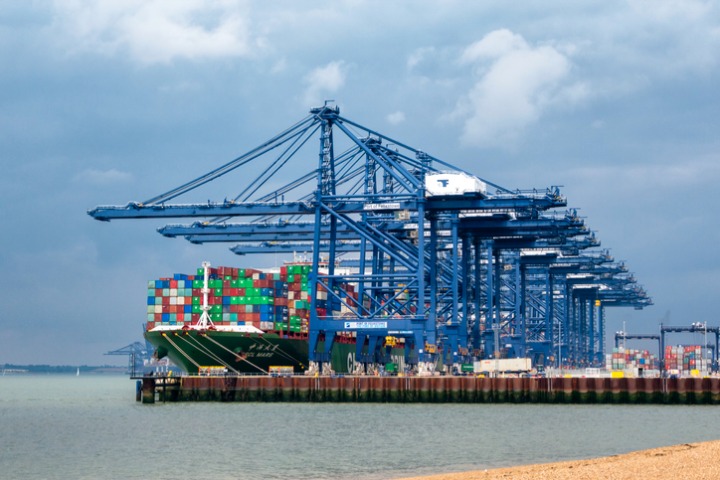
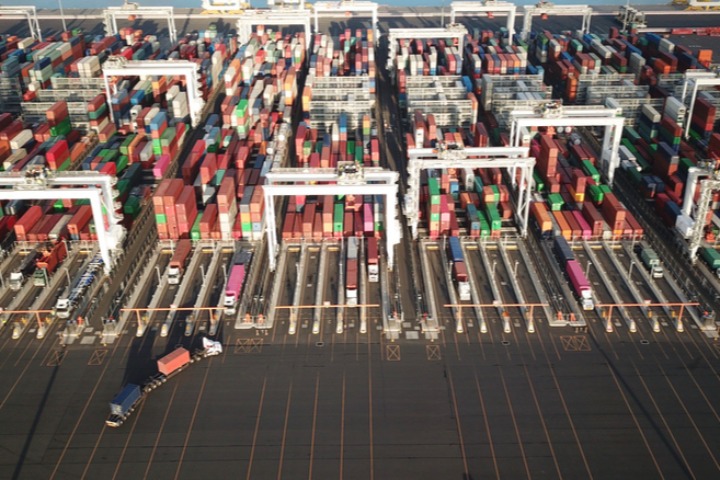
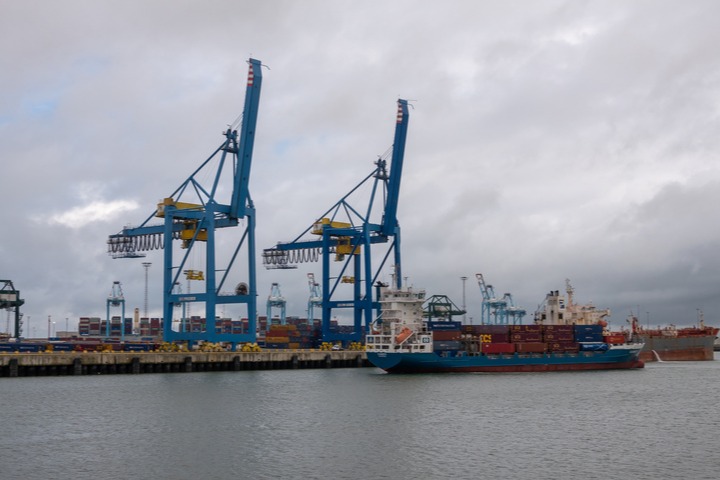
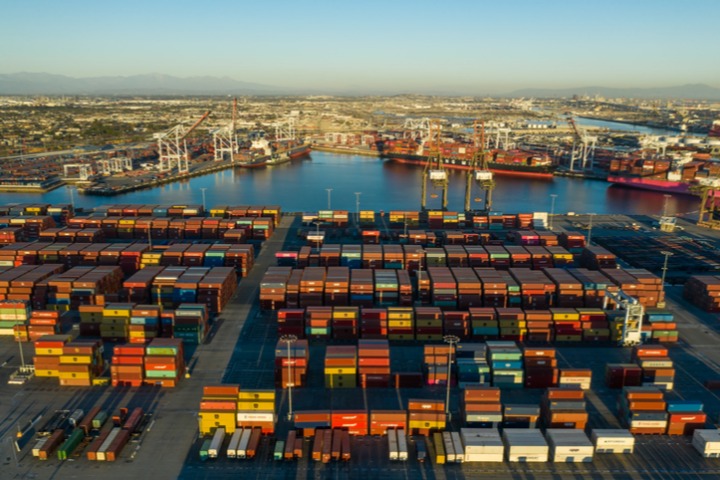

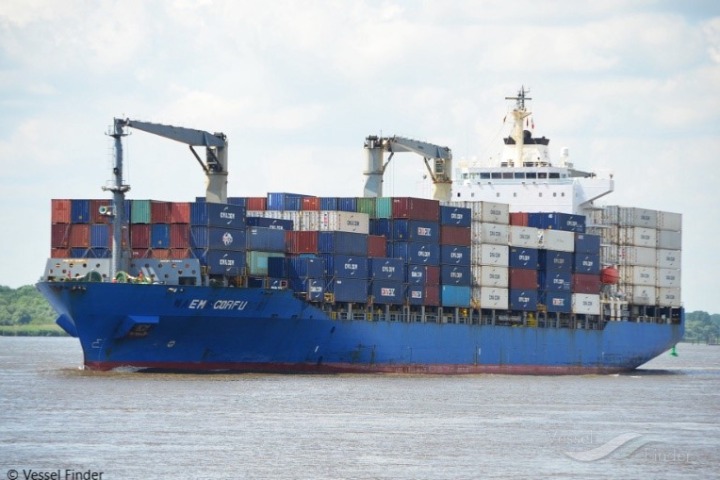
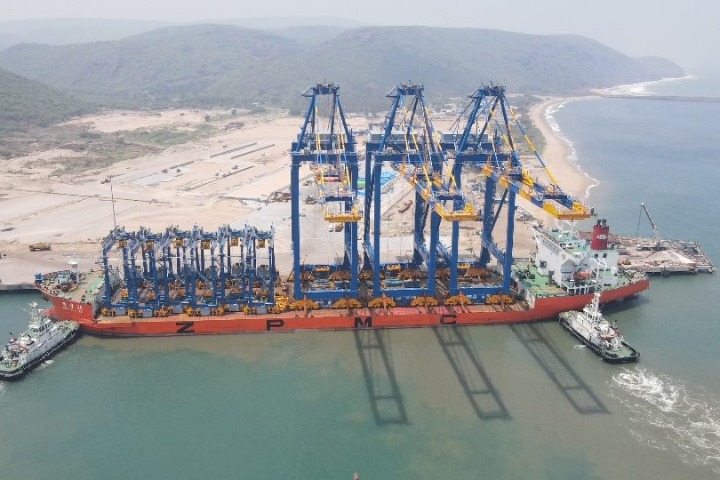













Comments